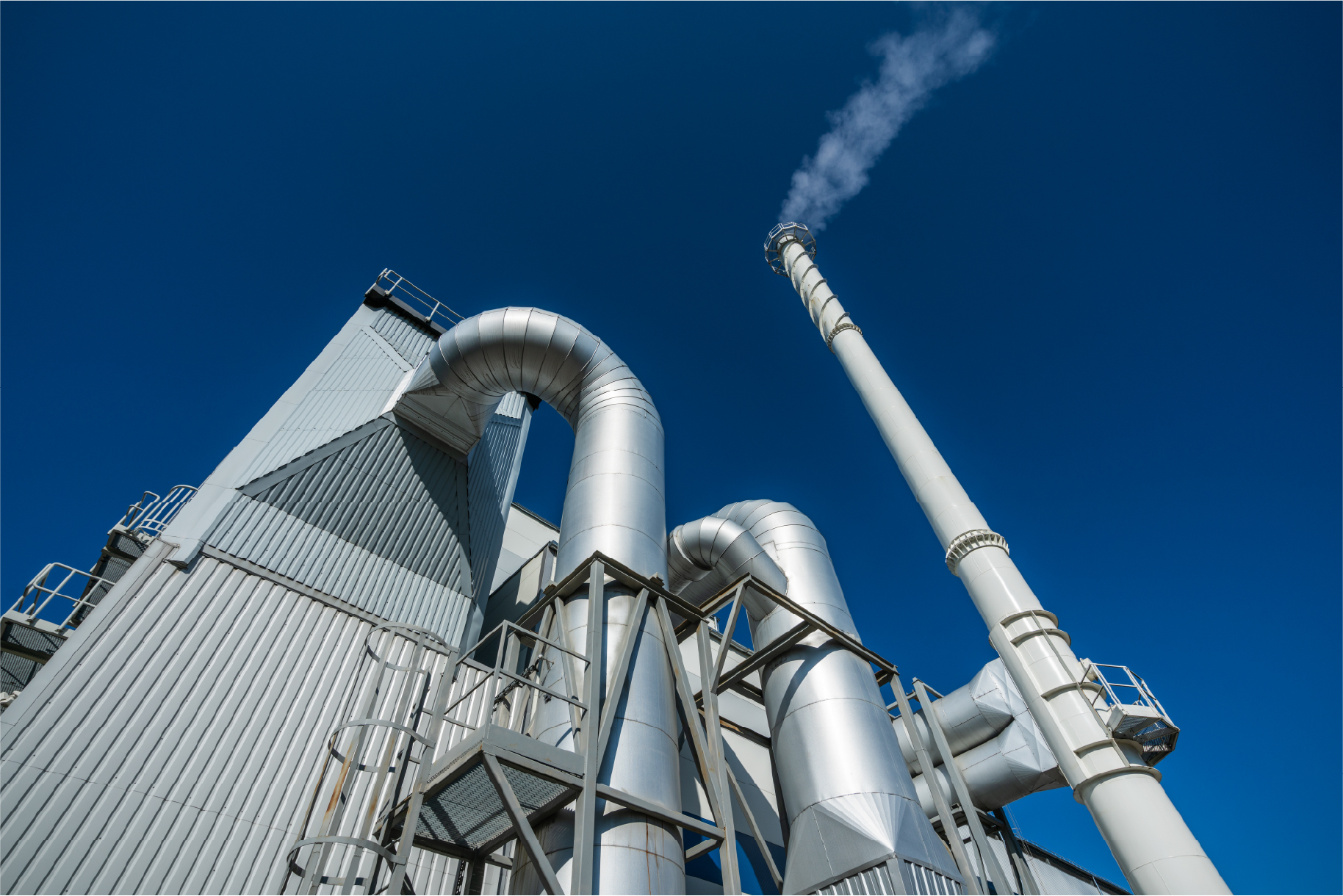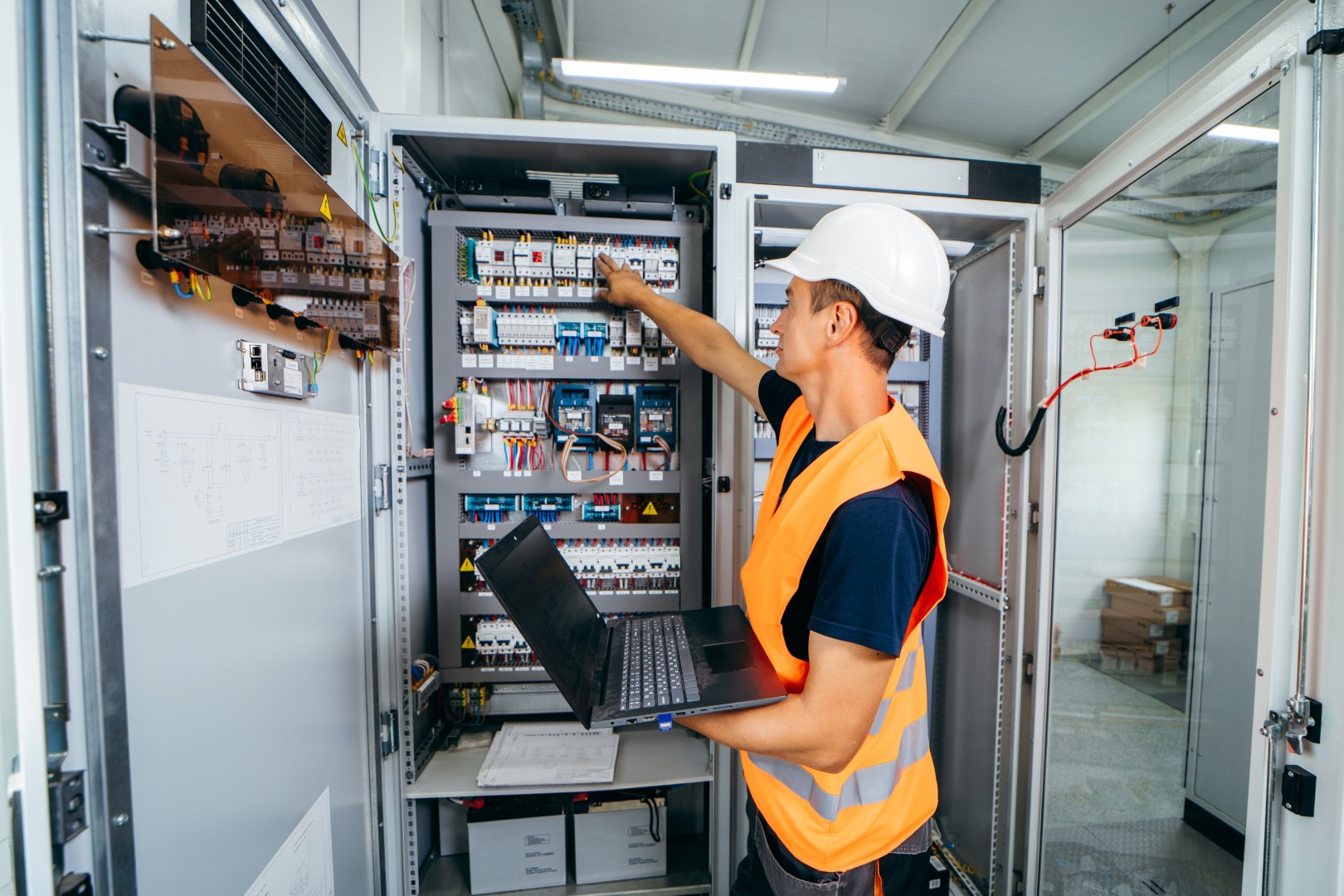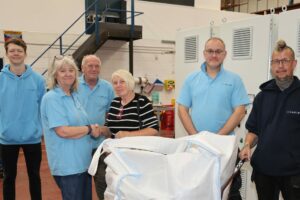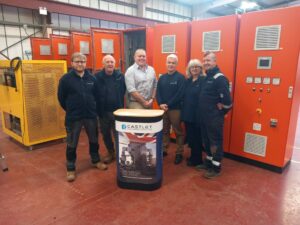Cleaner Air, Smarter Plants: How Can Advanced Engineering Solutions Help Industries Improve the Performance of their ESPs?

Every year, around eight million people across the globe die from air pollution. This shocking statistic acts as a reminder of the pervasive threat of pollutants to public health and the environment.
Since the industrial revolution, manufacturing processes and fossil fuel combustion at power plants has become a significant contributor to air pollution, emitting harmful pollutants including sulphur dioxide, nitrogen oxides and particulate matter.
In this article, we discuss the dangers of air pollution and how advanced engineering solutions can help industries to improve the performance of their electrostatic precipitators (ESPs) to reduce emissions.

What are electrostatic precipitators and how do they work?
The role of an ESP is to capture dust particles generated by various industrial processes. These innovative devices are designed to remove fine dust particles form a flowing gas stream. Unlike other air filtration systems, they achieve this by charging the particles and then using opposite charges to attract them for collection.
This technology enables a highly efficient filtration system. ESPs have proven success in removing larger particulate matter from power plants and factories for decades, acting to reduce emissions.

How can ESPs be improved to increase performance in capturing dust particles from various industrial processes?
Over time, ESP technology has evolved in response to environmental legislation and the growing demand for sustainable solutions.
In the EU, the Industrial Emissions Directive – which came into effect in 2021 – sets challenging industry standards to reduce pollution from large industrial installations across Europe.
In the US, the EPA’s Greenhouse Gas Reporting Program (GHGRP) requires reporting of GHG emissions from various industrial sources, including facilities in the oil and gas, waste, and manufacturing sectors. The Clean Air Act also regulates emissions of specific pollutants, including particulate matter, sulphur dioxide and dioxides of nitrogen.
Covering over 50,000 plants, the directive aims to reduce air and water pollution, as well as greenhouse gas emissions. For organisations needing to comply with the directive, ESPs offer a comprehensive solution for reducing pollutant emissions in an energy and resource efficient way.

Today, the rise in the industries air pollution presents a new challenge for ESP design and technology.
The introduction of digital monitoring systems enables engineers to monitor ESP technology at all times, from any location, allowing for easier identification of necessary adaptations or improvements.
Additionally, the integration of ESPs with renewable energy sources and smart technology such as artificial intelligence could allow ESPs to dynamically adjust their operating parameters based on the real-time detection of various pollutants, optimising their efficiency for a broader range of contaminants.

Navigating future challenges with Castlet
At the heart of air pollution management is the need for innovative adaptations and applications for ESPs. Ongoing research will enable our engineers to gain a better understanding of the specific properties of air pollutants, to help us design smarter, more effective ESP solutions.
The regulatory landscape also needs to evolve to include monitoring and control strategies for air pollutants.
At Castlet, our experienced engineers can help you identify the most effective solutions for your plant. We offer a comprehensive range of power and control equipment and solution for ESPs, specifically engineered to reduce the emission level and regulate stack outputs across a variety of industries, including fossil fuel power generation, cement production, and glass manufacturing.
If you are looking to reduce air pollution in your industrial environment, Castlet ESP performance improvement solutions represent the future of emission control system. Stay up to date with our News & Insights page, where we will be sharing insights to help you navigate the challenges of air pollution – the next blog in this series will explore how ESP control panels are redefining air quality standards in heavy industries.
To find out more, take a look at our ESP Power & Control products or contact a member of the team today.




